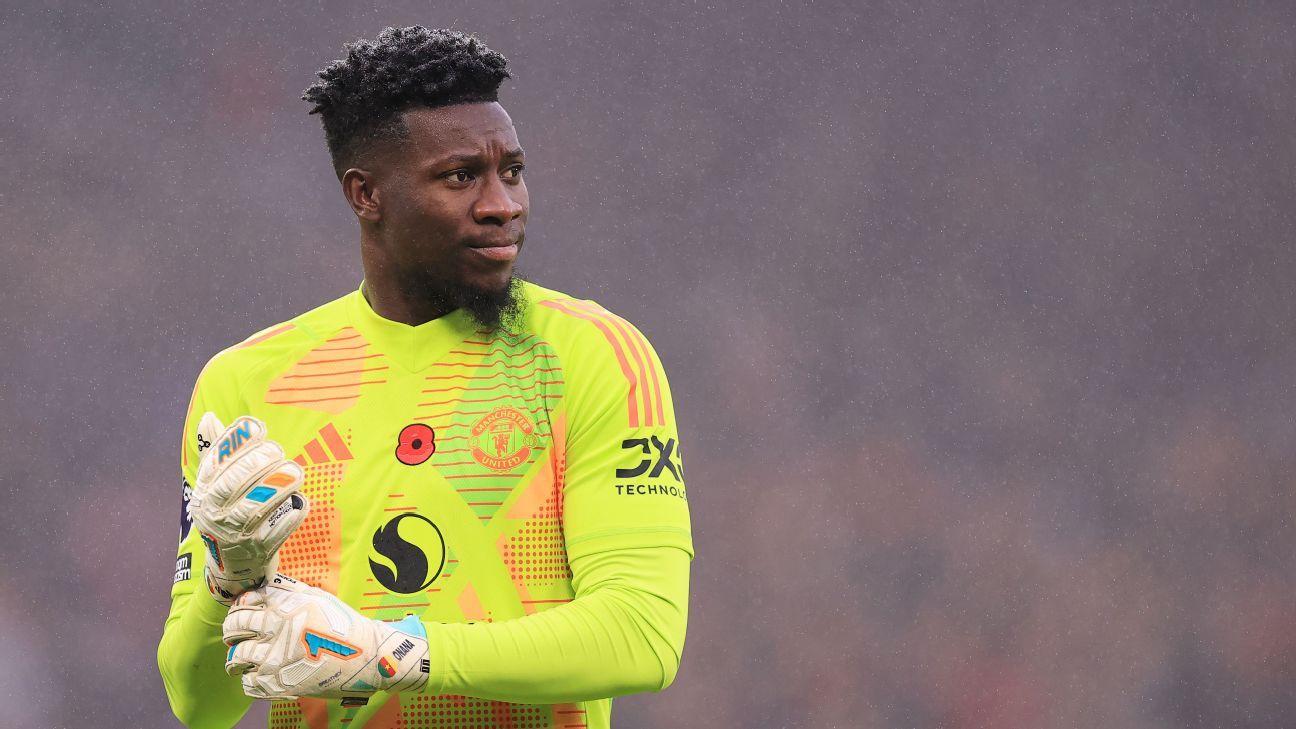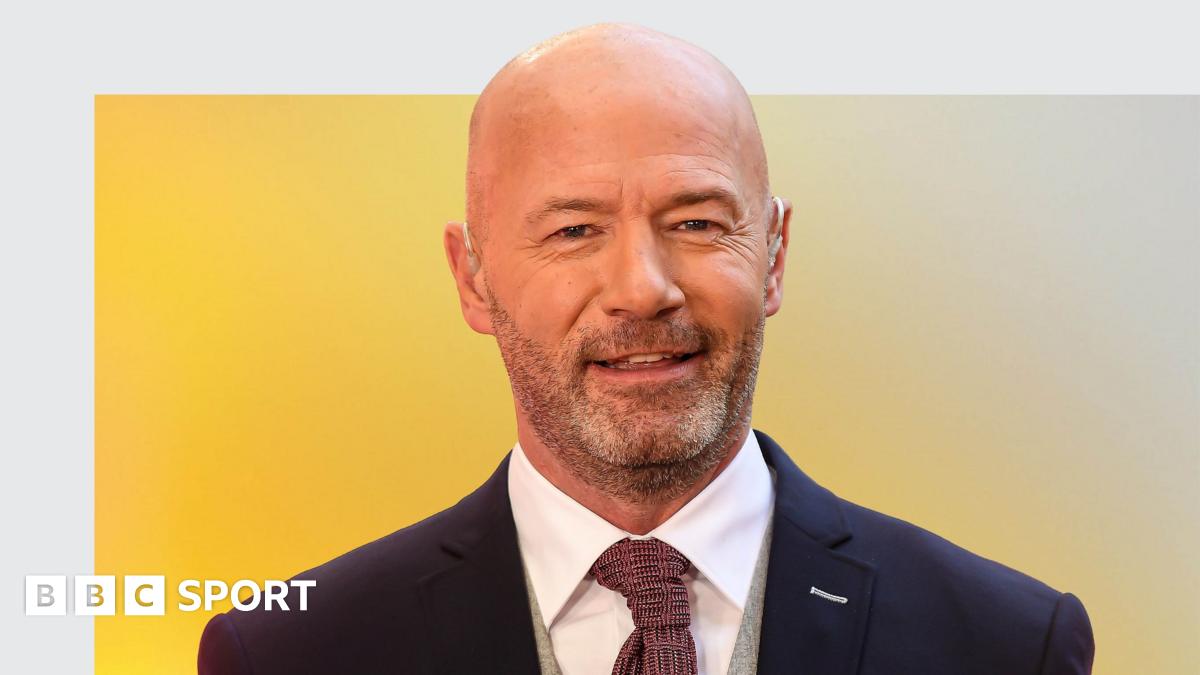The Welsh Rugby Union (WRU) has confirmed plans to cut the number of regions from four to three, with these changes expected to be introduced by 2028.
In plans confirmed on Friday which outline the future of the sport in Wales, the decision from the WRU has effectively placed the Ospreys and Scarlets at risk.
The WRU has also confirmed that alongside the three men’s teams, there will be two “women’s elite teams.”
In August, the WRU unveiled its preferred plans for how the future of Welsh rugby looked. In those plans it proposed the ideal structure would be to have two men’s sides in the United Rugby Championship, meaning two of Cardiff, the Dragons, Ospreys and Scarlets would be disbanded. That suggestion was met with a huge backlash from the Welsh rugby public.
The WRU undertook a month-long consultancy period where it spoke to the various stakeholders in the game over what regional model would best fit the sport heading forward. And on Friday, the WRU released its latest iteration of the plan it hopes will revitalise the sport in Wales amid financial concerns, and on and off field strife.
“We have heard loud and clear from the consultation that people want a long-term fix and not a short-term patch. We have listened and we agree,” WRU chair Richard Collier-Keywood said
“Our decision is that the future structure of elite men’s rugby will be based on three professional men’s clubs, replacing the current four-team model, alongside two women’s elite teams.”
The four regions will continue in their current guise until you expect 2028 due to current agreements, but the WRU’s latest proposal sees that drop to three equally funded sides.
– Former England captain Lewis Moody reveals MND diagnosis
– England’s Meg Jones: From personal heartbreak to inspiring a generation
– Wales squad: Louis Rees-Zammit returns for autumn rugby Tests
These teams would have an annual budget of £6.4 million behind them at the start, rising to £7.8m per annum. Under the new proposed three-team structure, one side will be based in the east, where the Dragons currently are. Another would be based in Cardiff — a team currently owned by the WRU after they fell into administration in April. And the third team would be based in the west, where the Scarlets and Ospreys are.
The identities of those sides are yet to be confirmed, but given the geographical proximity of the suggested teams, with both the Scarlets and Ospreys in the west of Wales, it suggests the two would either need to merge, or one of those two regions will cease to exist.
“Any change is difficult, and we have current contractual obligations to the URC and our professional clubs that we will honour in the absence of new agreements,” Collier-Keywood said. “We want to involve the URC and the owners and managers of the current clubs in how we get to our chosen destination. This may take some time, but we will work hard to get this done as quickly as possible.
“If, however, it ultimately proves impossible to reach a consensus on how this change will happen then the WRU will run a fair and transparent tendering process for the three licences. We have already guaranteed that all existing player contracts will be honoured.”
The UK government has announced MPs will question the WRU on these proposals in January.
Chair of the Welsh Affairs Committee, Ruth Jones MP, said: “With rugby woven into the fabric of life in communities up and down the nation, the proposed structural changes announced by the WRU today will resonate far beyond the pitch. Our session in the new year will explore how the restructuring will affect the future of the game in Wales, while examining the wider importance of the sport to both our culture and economy.”
The WRU has also confirmed plans to inject an additional £40m across five years from grassroots to the elite level. This will include funding “improved coaching and education,” a men’s national academy with two regional training centres, 12 men’s player development centres and a women’s rugby national academy.
Amanda Bennett, Independent Non-Executive Director and Chair of the Women’s Rugby Committee, said: “This is a transformative moment for women’s rugby in Wales. The WRU’s commitment to funding and infrastructure will help us attract and retain top talent and build a competitive domestic structure. We all saw the amazing success of the Women’s World Cup tournament this year. This is an area for growth in the sport both globally and in Wales.”
WRU director of rugby and elite performance, Dave Reddin, said: “This new system has been built from the ground up to drive success with every part aligned and every decision designed to raise standards, restore the DNA of Welsh rugby and deliver the step forward in performance that everyone in Welsh rugby craves.
“As a result of the consultation, it has moved on for good reason from the original two-club model proposed. The consultation confirmed that change is needed, and this model focuses investment where it makes the biggest difference on the pitch. But we also heard the concerns of players and the deep passion for the heritage of our teams. On balance we feel that this three-team structure protects that for most while managing a necessary reduction in a fair and respectful way. This creates a sustainable, joined-up system.”








